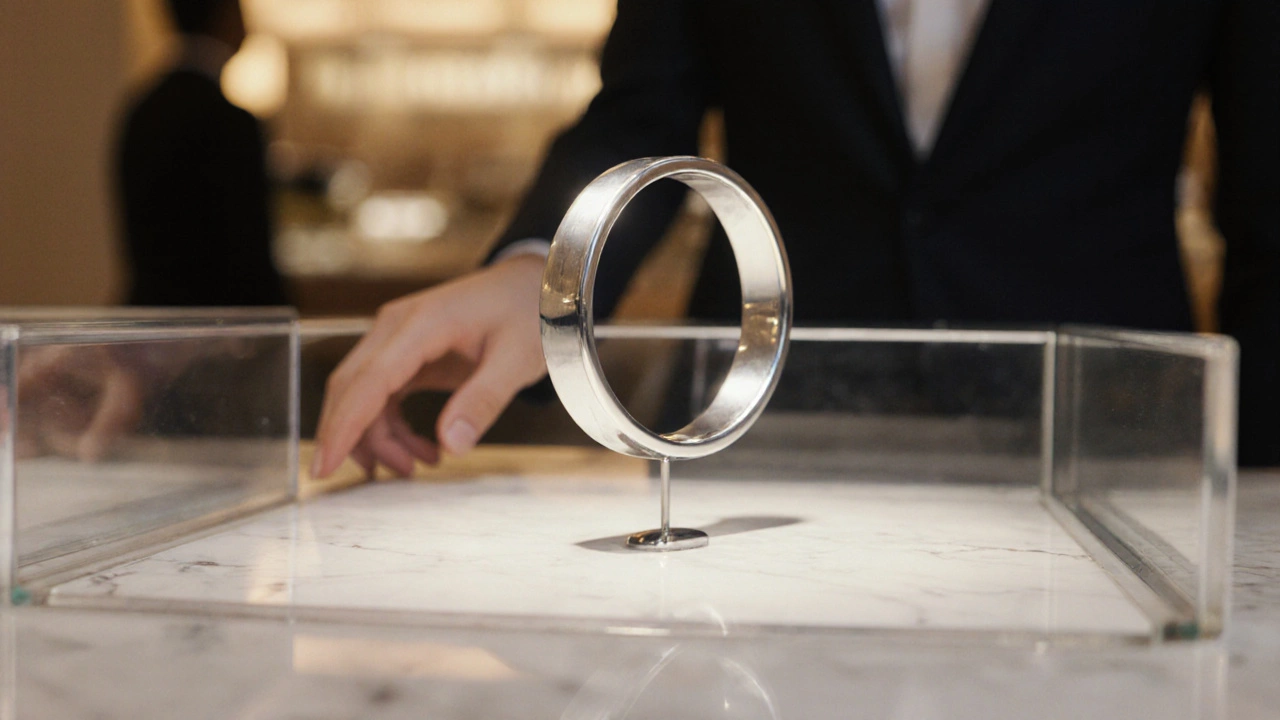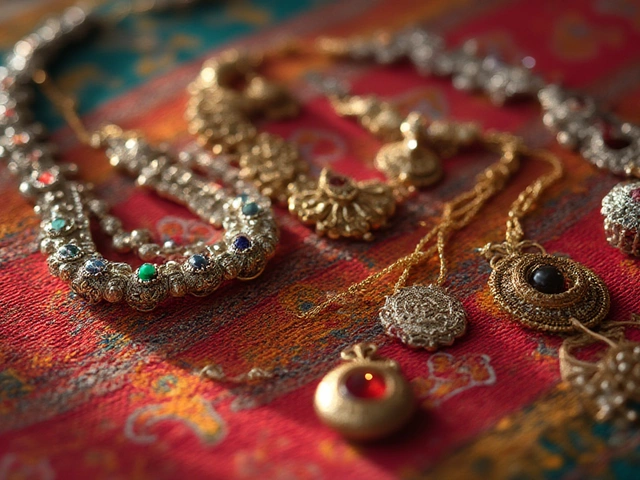Platinum Resale Value – What Determines It and How to Maximize Returns
When talking about Platinum Resale Value, the amount you can recoup by selling platinum jewelry, coins or bars. Also known as platinum resale price, it depends on purity, weight, market demand and the brand behind the piece. Platinum resale value is often compared with Gold Resale Value, which shares many of the same price‑drivers but reacts differently to economic shifts. Understanding these links helps you decide when to hold, when to sell, and how to protect your investment.
Key Factors That Impact Platinum Resale Value
First, purity matters. Platinum is usually sold in 950 (95%) or 900 (90%) purity grades. Higher purity means less alloy, so the metal’s weight translates almost directly into market price. Next, weight is the raw number you’ll see on any appraisal – a gram of 950 platinum will fetch a price close to the spot rate for that weight, minus a small maker’s margin. Market demand follows global industrial use, especially in auto catalytic converters and high‑tech equipment, which can push spot prices up even when jewelry demand softens.
Second, brand reputation plays a surprisingly big role. Pieces from well‑known houses like Cartier, Bulgari or local Indian legends such as RH Jewellers often command a premium over plain bullion because collectors value design, craftsmanship and the assurance of authenticity. This ties directly into the concept of Jewelry Brand Resale: a strong brand can lift resale value by 10‑20% compared to an unbranded equivalent of the same weight and purity.
Third, hallmarks and certification are the trust anchors for any metal resale. A clear 950 stamp, a BIS hallmark, or a GIA certificate for a platinum‑set gemstone instantly raises buyer confidence. In the resale market, a piece with verifiable markings typically sells faster and at a higher price, fulfilling the semantic triple: "Platinum resale value requires accurate hallmarks." Without that proof, sellers often have to discount heavily to compensate for buyer uncertainty.
Fourth, market trends and timing are essential. Platinum’s price history shows sharper swings than gold, reacting to changes in industrial demand and macro‑economic factors like interest rates. Tracking reputable sources – the London Metal Exchange, Indian bullion price boards, and major financial news – gives you a sense of where the market is headed. When the spot price rises, the resale margin tightens, but the premium for brand and design may still hold steady, illustrating another triple: "Gold resale value influences platinum resale trends" because investors often shift between these metals based on relative price moves.
Finally, the form of the platinum item matters. Plain bars or coins are the most straightforward to sell, as they are evaluated purely on weight and purity. Intricate jewelry, especially with gemstones or artistic motifs, introduces subjective value judgments – style, rarity, and condition become part of the appraisal. That’s where the concept of Precious Metal Investment intersects: savvy investors treat high‑end platinum pieces as both metal and art, balancing pure metal value against aesthetic appeal.
Putting all these pieces together, you now have a roadmap for estimating how much you can get back when you part with platinum. Look at purity and weight first, verify hallmarks, consider the brand premium, watch market trends, and assess whether your piece is a simple bullion bar or a designer treasure. Below you’ll find articles that dive deeper into each of these aspects – from practical appraisal tips to a comparison of platinum and gold resale performance, and even how to position your jewelry for the best possible sale. Use them to sharpen your strategy, avoid common pitfalls, and ultimately walk away with a price that reflects the true worth of your platinum assets.
Why Platinum Has Almost No Resale Value - Explained
Explore why platinum jewelry often fetches a low resale price, how market forces, supply, and demand affect its value, and tips to get the best return when selling.





